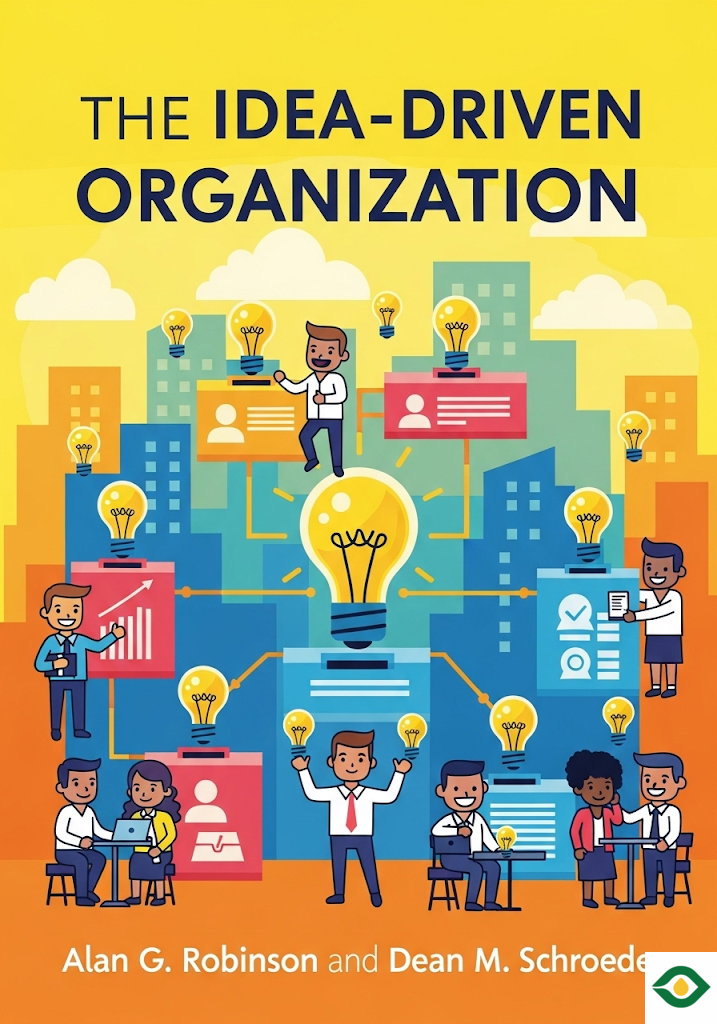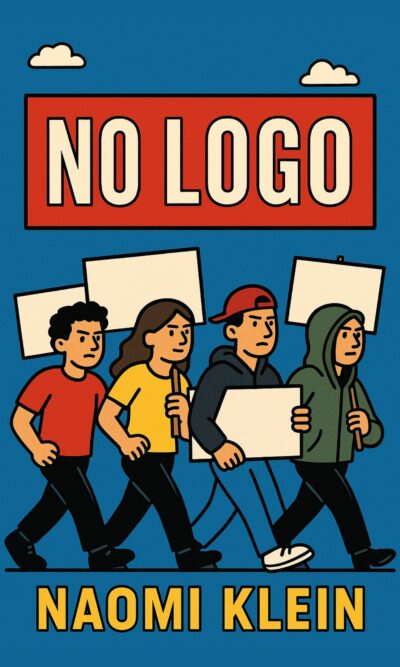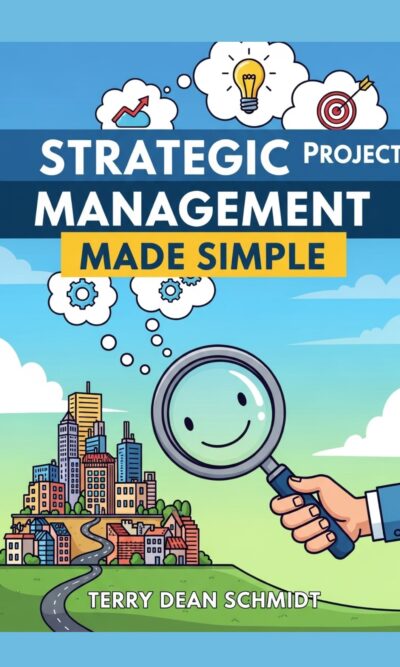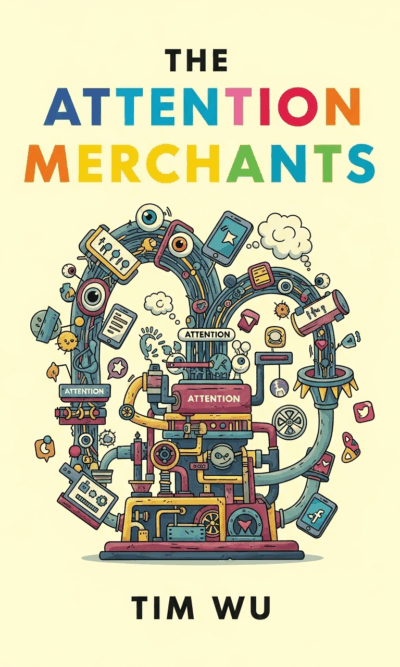Description
The heart of any successful company is not just profit—it is ideas. Profits may be the goal, but new and useful ideas are what keep profits flowing. Organizations that learn how to encourage ideas from everyone, not just leaders, build an advantage that is very hard for competitors to match. An idea-driven organization is one where creativity is constant, problem-solving is natural, and employees feel valued for their contributions.
Executives often think they have the full picture, but in reality, the people closest to customers know more about their needs. Front-line employees see what customers want, where frustrations appear, and what small improvements could make a big difference. Managers rely on reports and studies, but direct experience is far more powerful. When employees are trusted to share what they notice, the results can be surprising. For example, hotel staff who once wasted time clearing bottles invented a faster recycling method that saved effort, pleased customers, and increased sales. Small ideas, when encouraged, often bring big results.
The challenge is that many managers fail to respect their staff. Rising through the hierarchy can sometimes create arrogance. Managers may believe they are smarter, more capable, or simply better than front-line workers. This mindset destroys creativity. If an organization wants to become truly idea-driven, managers must be humble. They must listen carefully to employees and see themselves as facilitators, not rulers. The Japanese concept of “gemba,” which means the actual place where work happens, shows how important this is. Companies like Toyota train managers to spend time where real work is done, because that is where real improvement begins.
Ideas cannot thrive if processes are weighed down by bureaucracy. Too many rules, too many approvals, and too many steps kill creativity. When employees need multiple signatures just to fix a small problem, they lose motivation to suggest improvements. The solution is to cut red tape and allow faster decisions. At the same time, organizations must set clear and simple goals. Jargon confuses people and discourages contributions. If a company tells its workers to “streamline efficiency metrics,” they may not know what to do. But if the goal is explained as “help us save water and energy,” employees can think of practical ideas immediately. Zara, the clothing company, is a great example of cutting complexity. Its small teams of three people can take an idea and turn it into a finished product for thousands of stores in just a few weeks. Most of the fashion world takes a year or more. Streamlined systems make creativity move faster.
Time is also essential. Employees cannot generate ideas if every minute is spent chasing tasks. Some companies deliberately pause production or add extra staff so workers have time to think and test ideas. Swedish truck maker Scania shuts down its assembly line for 26 minutes each week so teams can meet and share ideas. They also staff departments with more people than strictly necessary, giving space to experiment. This small investment leads to annual productivity growth of over 12 percent, showing that the cost of time for innovation pays back many times over.
Rewarding ideas is just as important as making time for them. If innovation is expected but never recognized, employees will see it as a waste of effort. Organizations should treat idea-sharing as part of job performance. Rewards can be built into reviews, bonuses, or promotions. When employees know their creativity matters, they will keep contributing.
There are different ways to set up an idea system. Some organizations use the Japanese philosophy of kaizen teian, which means improvement through suggestions. Every worker, from executives to factory staff, is responsible for finding problems, suggesting solutions, testing them, and repeating the cycle. Over time, these small improvements create massive progress. Another method is idea meetings, where employees bring opportunities for improvement to group discussions. Issues such as short staffing, inefficient tools, or customer complaints are raised openly and solved collectively. A third approach is idea boards, which keep suggestions visible and track progress. Boards work because they create both transparency and social motivation—everyone can see which ideas are moving forward and who is responsible.
At the start of an idea system, suggestions will flow rapidly because obvious problems are finally being addressed. But after those are solved, creativity may slow. This is when deeper thinking is needed. Companies can encourage “problem finding” by offering training or using “idea activators.” For example, employees who learn the difference between true recycling and downcycling may suddenly see dozens of ways to reduce waste more effectively. Another tool is “idea mining,” which means digging deeper into each suggestion to uncover hidden opportunities. If a bartender suggests staff should taste a new cocktail, managers can push further: why not let restaurant staff taste it too? Why not involve customers in the process? By extending ideas, more improvements are discovered.
Over time, idea-driven organizations transform themselves. Customers feel happier because service improves in real ways, not just through marketing promises. Employees feel respected, listened to, and engaged, which boosts morale and reduces turnover. Productivity increases because problems are solved faster and smarter. Competitors cannot easily copy this culture, because it is not about one single tool or product—it is about how people work together every day.
The lesson is simple: a company that listens to its employees, cuts away needless barriers, provides time for creativity, and rewards innovation will always stay ahead. Profits come as a natural result of this culture, not as the main focus. By building an idea-driven organization, leaders create a business that is adaptable, resilient, and full of energy for the future.





